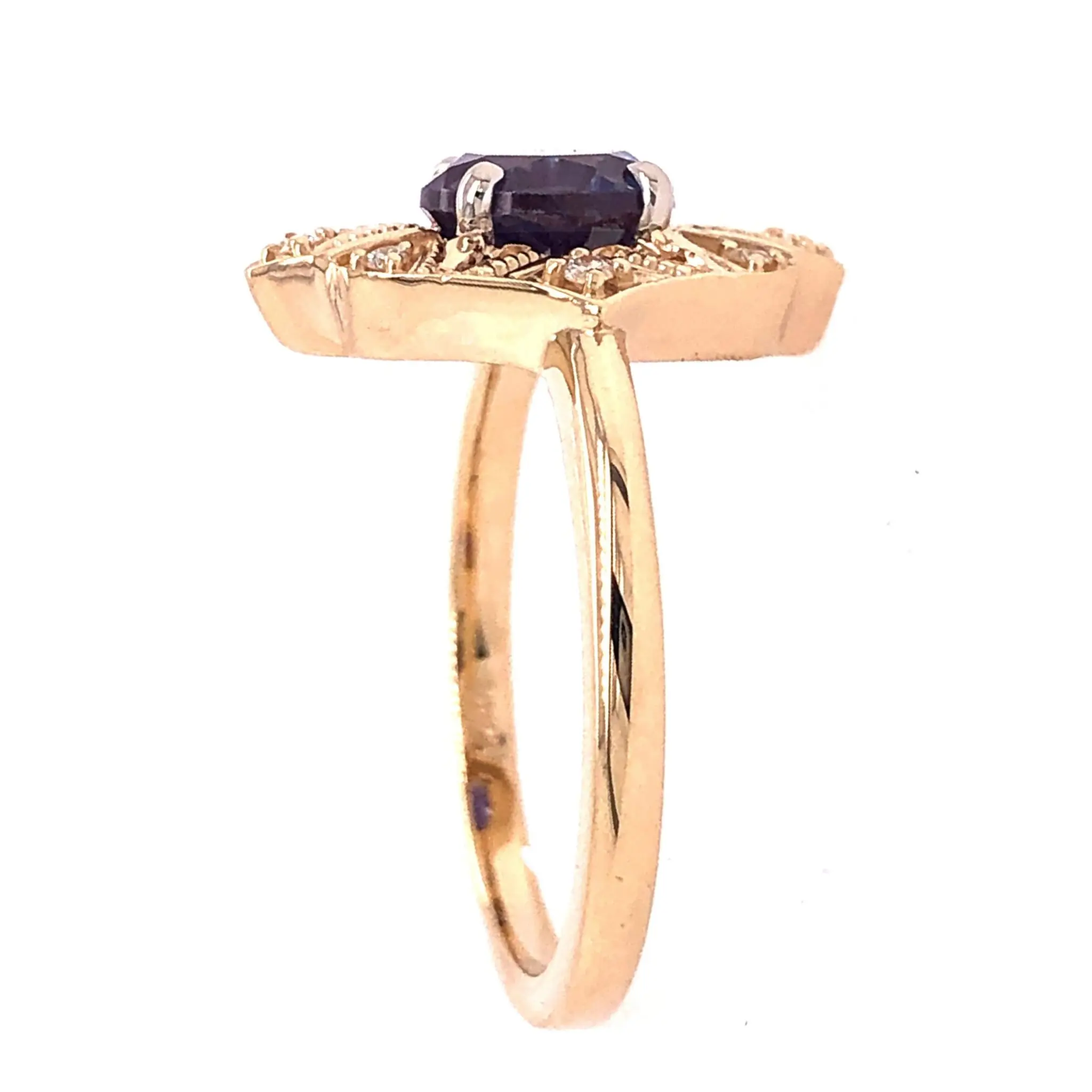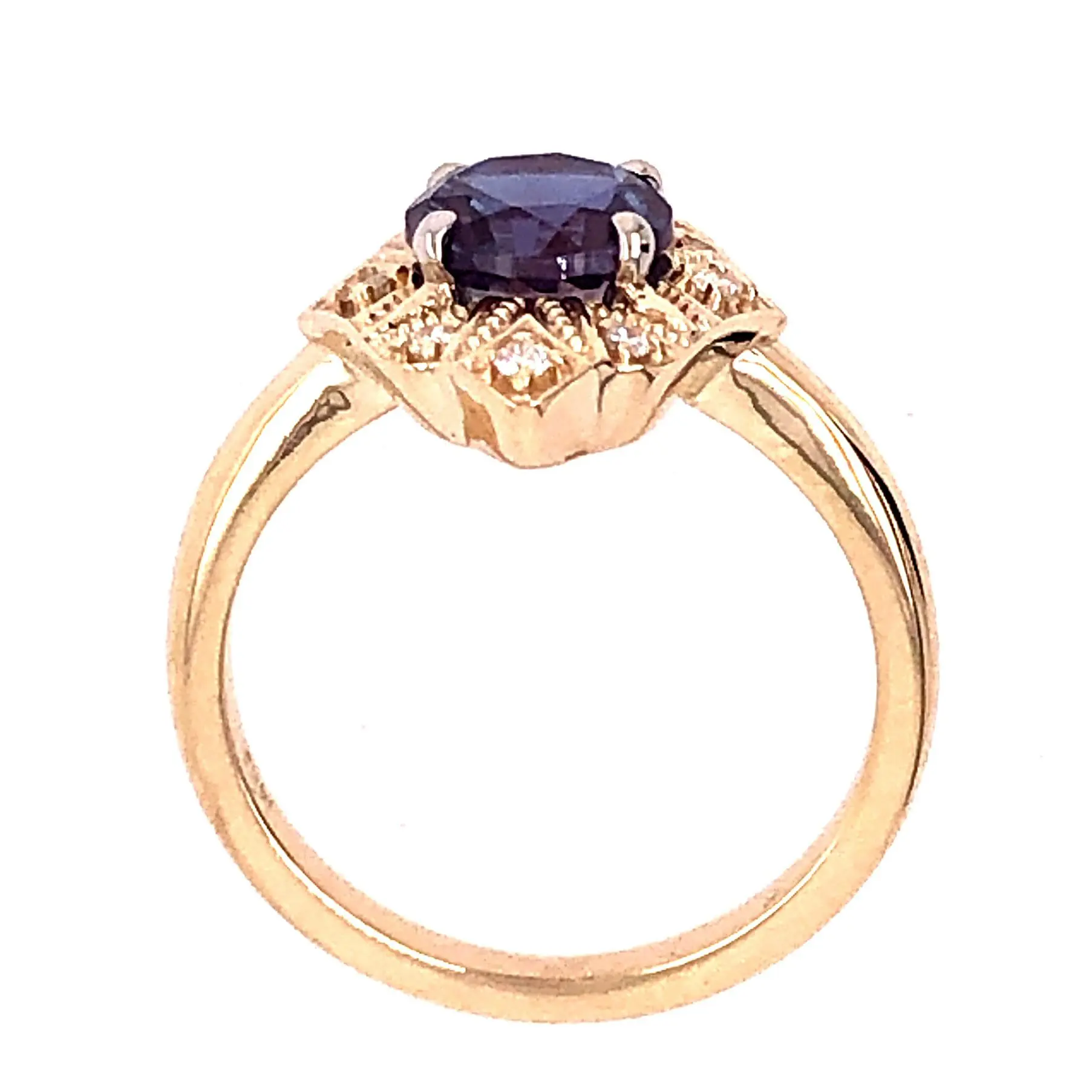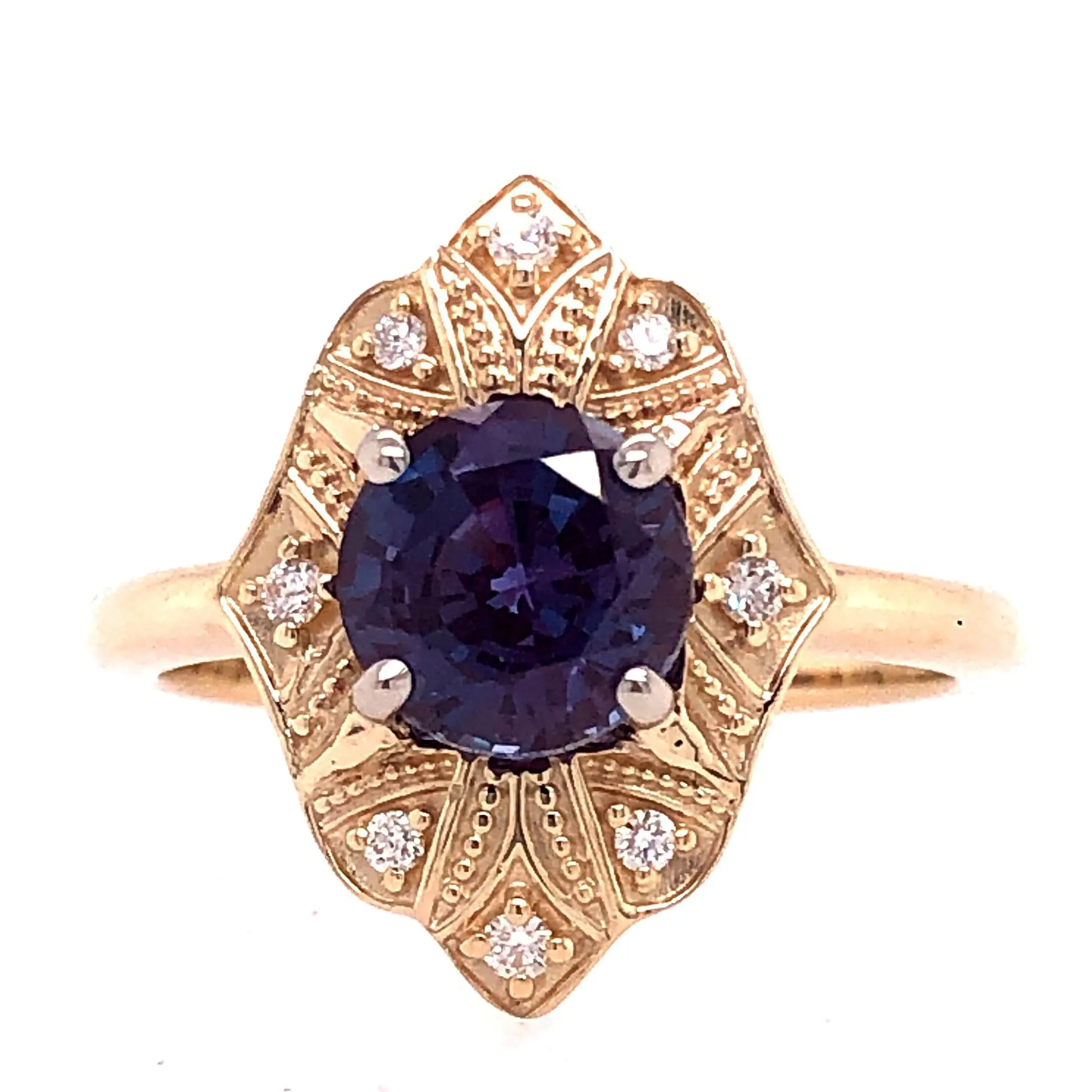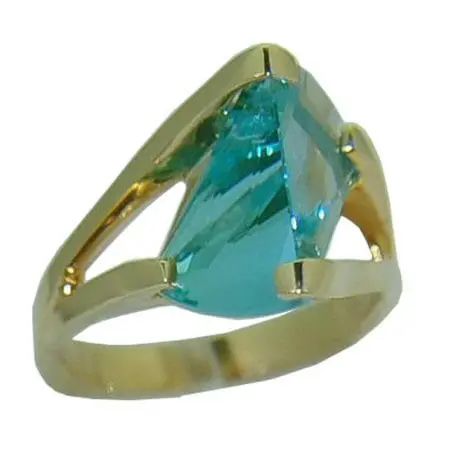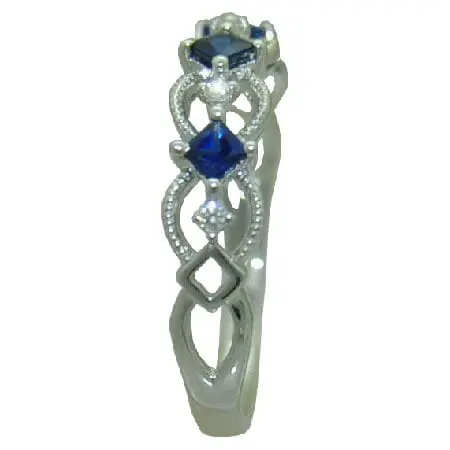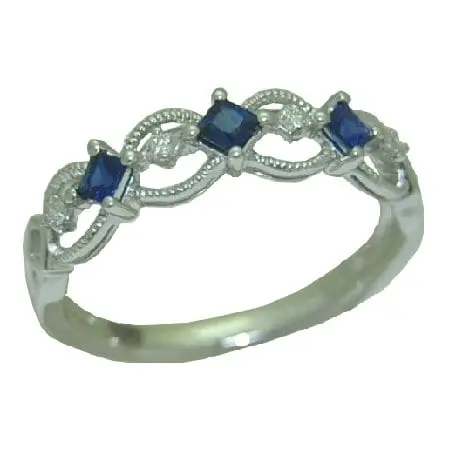Description
One of a kind created alexandrite and diamond ring! The centerpiece of the ring is a beautiful 1.8 carat round created alexandrite with beautiful color change. It is accented with 0.10 cttw. round brilliant cut diamonds in a vintage shaped ring.
In gemology, the use of the word phenomenon specifically refers to a gemstone’s ability to produce extraordinary displays of beauty, a result of the unique ways light reacts to the gemstones chemical makeup or its physical structure. Two of the most common examples are the star effect, or asterism, seen in sapphire and ruby, and the cat’s eye phenomenon known as chatoyancy, often seen in tourmaline and chrysoberyl. Other examples of phenomenon in gemstones include play of color in opal, moonstone effect in feldspar and the sheen effect of light seen in labradorite, known as labradorescence. The gemstone alexandrite is precious precisely because of its phenomenon. As Edwin Streeter once wrote, “The wonderful alexandrite is an emerald by day and an amethyst at night.” He expressed his admiration because of the gemstone’s remarkable ability to appear green in daylight and plum red in the warmer tones of firelight or candlelight (incandescent) in the evening. Long associated with Russian royalty, the rare alexandrite was discovered in Russia’s Ural Mountain range in 1833 and was named after the Russian Czar Alexander II. Since its discovery two centuries ago, alexandrite has long been coveted as one of the rarest and most cherished gemstones of all.
For centuries, Russia remained the only source of alexandrite until deposits were discovered in Sri Lanka. Sri Lankan alexandrite appears green in daylight but more of a brownish red than plum red in incandescent light. With the discovery of alexandrite in 1997, Brazil has become the most significant source of alexandrite on the market. While the color change is not as dramatic as some of the finer Russian alexandrite, it is can still be very pronounced.
India also produces a limited amount of alexandrite and gemologists are hopeful for future alexandrite discoveries in East Africa, Australia, and Asia. However, because the geographic conditions that produce alexandrite are so unusual, experts generally agree that future discoveries are unlikely.
While most gems are treated to improve their color or clarity, there are no known treatments to enhance the beauty of alexandrite.


